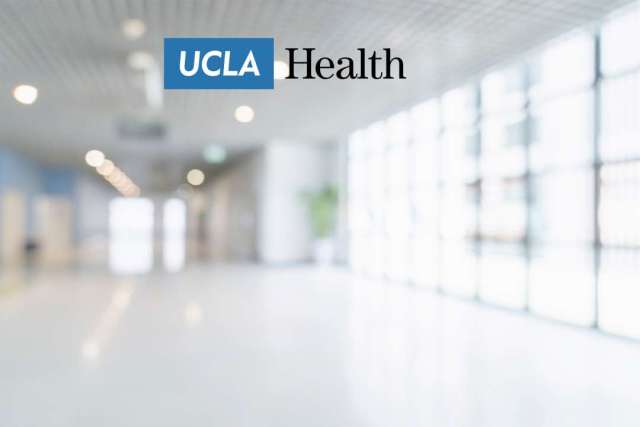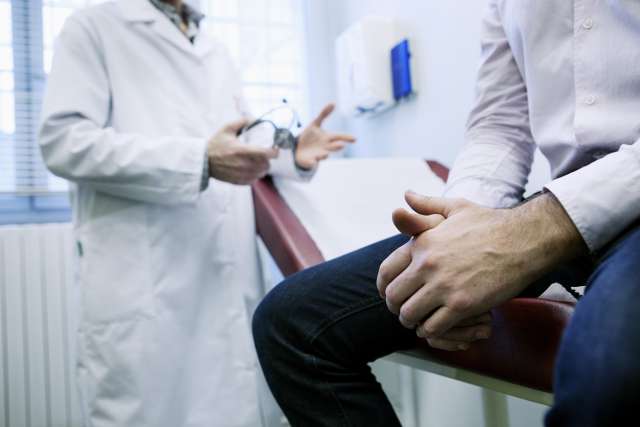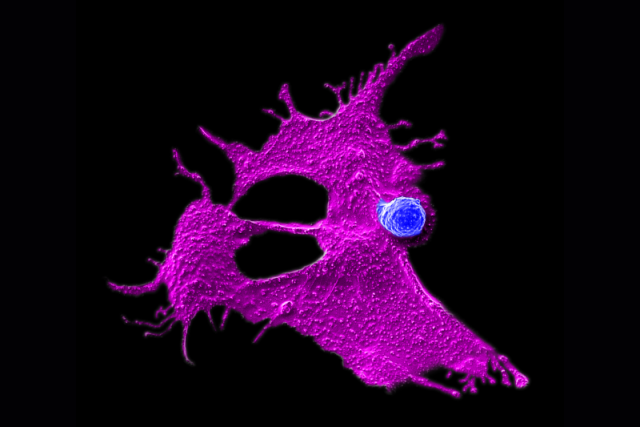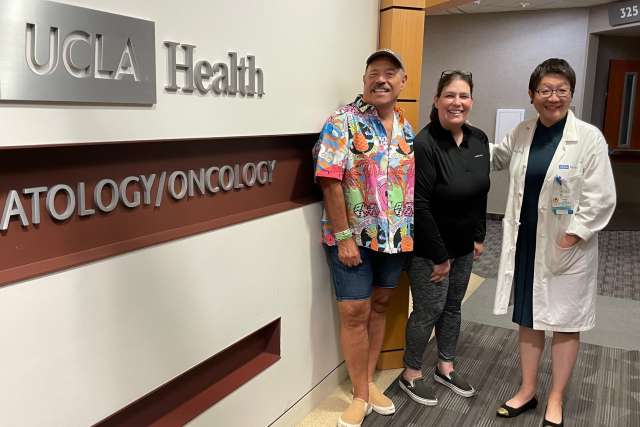A team of researchers from UCLA and Harvard University have demonstrated a technique that, by measuring the physical properties of individual cells in body fluids, can diagnose cancer with a high degree of accuracy.
The technique, which uses a deformability cytometer to analyze individual cells, could reduce the need for more cumbersome diagnostic procedures and the associated costs, while improving accuracy over current methods. The initial clinical study, which analyzed pleural fluid samples from more than 100 patients, was published in the current issue of peer-reviewed journal Science Translational Medicine.
Pleural fluid, a natural lubricant of the lungs as they expand and contract during breathing, is normally present in spaces surrounding the lungs.
Medical conditions such as pneumonia, congestive heart failure and cancer can cause an abnormally large buildup of the fluid, which is called a pleural effusion. When cytopathologists screen for cancer in pleural effusions, they perform a visual analysis of prepared cells extracted from the fluid. Preparing cells for this analysis can involve complicated and time-consuming dyeing or molecular labeling, and the tests often do not definitively determine the presence of tumor cells. As a result, additional costly tests often are required.
The method in UCLA–Harvard study, developed previously by the UCLA researchers, requires little sample preparation, relying instead on the imaging of cells as they flow through in microscale fluid conduits.
Imagine squeezing two balloons, one filled with water and one filled with honey. The balloons would feel different and would deform differently in your grip. The researchers used this principle on the cellular level by using a fluid grip to "squeeze" individual cells that are 10,000 times smaller than balloons—a technique called "deformability cytometry." The amount of a cell’s compression can provide insights about the cell's makeup or structure, such as the elasticity of its membrane or its resistance to the flow of DNA and proteins inside. Cancer cells have a different architecture and are softer than healthy cells and, as a result, "deform" differently.
Using deformability cytometry, researchers can analyze more than 1,000 cells per second as they are suspended in a flowing fluid, providing significantly more detail on the variations within each patient's sample than could be detected using previous physical analysis techniques.
The researchers also noted that the more detailed information they obtained improved the sensitivity of the test: Some patient samples that were not identified as cancerous via traditional methods were found to be so through deformability cytometry. These results were verified six months later.
"Building off of these results, we are starting studies with many more patients to determine if this could be a cost-effective diagnostic tool and provide even more detailed information about cancer origin," said Dino Di Carlo, associate professor of bioengineering at the UCLA Henry Samueli School of Engineering and Applied Science and a co-principal investigator on the research. "It could help to reduce laboratory workload and accelerate diagnosis, as well as offer doctors a new way to improve clinical decision-making."
Dr. Jianyu Rao, professor of pathology and laboratory medicine at the David Geffen School of Medicine at UCLA and the other co-principal investigator on the research, said the technique could potentially be used in a number of clinical settings to help manage cancer patients.
"First, it may increase diagnostic accuracy for the detection of cancer cells in body fluid samples," Rao said. "Second, it may provide a method of initial screening for cancer in body fluid samples in places with limited resources or a lack of experienced cytologists. Third, it may provide a test to determine the drug sensitivity of cancer cells."
Rao added that additional large-scale clinical studies are needed to further validate this technique for each of those applications.
Di Carlo and Rao are members of the UCLA Jonsson Comprehensive Cancer Center, and of the California NanoSystems Institute at UCLA.
The paper's lead author was Henry TK Tse, a postdoctoral scholar in bioengineering at UCLA.
Using the large amount of cellular data, co-authors Ryan Adams, an assistant professor of computer science at the Harvard School of Engineering and Applied Sciences, and Harvard undergraduate student Yo Sup Moon connected how the distribution of individual cells’ properties correlate with a cancer diagnosis.
Other co-authors included Daniel R. Gossett and Mahdokht Masaeli, of UCLA's department of bioengineering; Dr. Marie Sohsman, Yong Ying and Dr. Kimberly Mislick of UCLA's department of pathology and laboratory medicine; and Yo Sup Moon of Harvard University.
The research was supported by the Defense Advanced Research Projects Agency and the Packard Foundation. The deformability cytometry tool has been licensed to Cytovale Inc., a startup company that was aided by UCLA Engineering’s Institute for Technology Advancement. Cytovale recently secured a seed investment from Breakout Labs to commercialize the technology for diagnostic and research tools markets. Breakout Labs, a project of the Thiel Foundation, is pioneering a new funding model targeting transformational new technologies.





